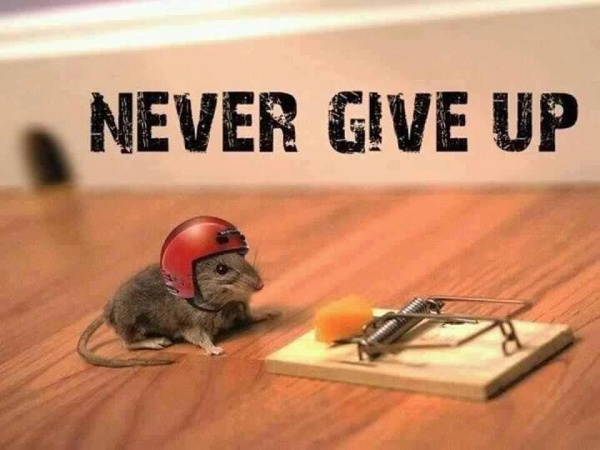As this weekend approaches, it is time to start on your homework of your Science Revision Practice Paper. I want to see all of the papers passed up on Monday so that I can mark and we can go through next week. Time is precious! Lets' press on for the last lap to your SA1.
Here is a recap of what we have covered today:
Science
We touched on the topic of adaptations for breathing in water and it can be summarized as follow:
Gills: fish, shrimps, tadpoles and damselfly nymph
Gill chambers: crabs and mudskippers
Air tubes: wriggler (larvae of a mosquito), water stick insect and water scorpions
Air bubbles: Water beetles and Water spiders
Lungs and blowholes: Dolphins and Whales
Special nostrils: Dugong
These are structural adaptations that allow the animals to breathe underwater, taking in oxygen and giving out carbon dioxide through the process of respiration.
Moving on, we talked about adaptations for movement in the water. The bodies of most aquatic animals are streamlined (narrow at the two ends and broad in the middle). This shape enables them to move quickly underwater.
They also have modified limbs such as webbed feet, flippers and fins to help them move quickly underwater.
Webbed feet: Platypus, chicks, ducks and sea otters
Flippers: turtles, seals and sea lions
Finally, we talk about adaptations to moving in the air. Not all birds can fly. All flying animals have wings. Birds have well developed wings that are strong enough to help them fly. They also have a streamlined body shape to move easily through the air. Feathers are also an essential part of the body that also help keep the birds warm. Feathers make light but strong wings.
Key questions and examples:
- Compared to the puffer fish and seahorse, the shark has the best shape to move quickly through the water as it has a streamlined body shape as compared to the vertical shape of the seahorse and the round shape of the pufferfish which slow down the movement of these two animals when travelling underwater.
- Although birds have feathers, not all birds can fly. The wings of a chicken and ostrich help both birds to balance themselves while the wings of an eagle and hawk help them to fly up high into the sky. The beak of a chicken is mostly suited to pick up worms and grains but the beak of an eagle is strong enough to tear the flesh of a prey. Claws of a chicken helps it to dig up the soil for its prey while the claws of an eagle helps it to catch and grip its prey.
English
Some mixed results for your composition. The marks are pretty extreme. Some of you have improved and elaborated on your writing details. Good job. The other half of you were not serious and wrote a whole lot of unrealistic and irrelevant details that pulled your marks extremely low. It is important that you be realistic and relevant in your story.
We will complete filing by next week and start going through the revision practice papers next week. Work on your paper 1 over the weekend by revising.
Have a good weekend,
Sincerely,
Mr Nelson Ong

No comments:
Post a Comment